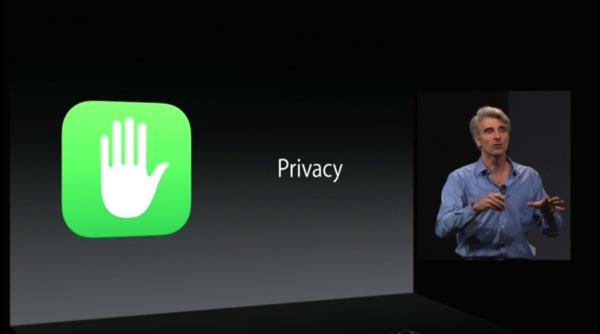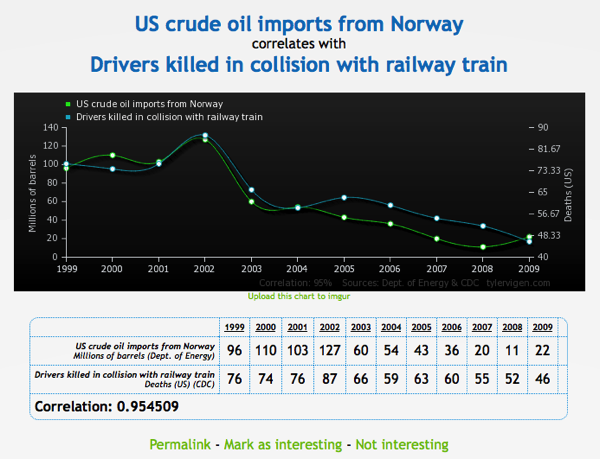There’s some interesting thinking around the kind of problems startups should address, and on which scope they should tackle them. Especially the folks at Andreesen-Horowitz have been pretty outspoken about this, starting with Chris Dixon writing about Full Stack Startups, and today with one of »a16z’s« GPs, Balaji S. Srinivasan tweet stream, which is storified here.
The gist of the argument is essentially: if you want to »disrupt« a legacy industry, you’ll need to be able to service the full stack of that industry, rather than just embed you at any level of that industry, because otherwise the cost of operating within the industry becomes too high (integration with existing infrastructure) and the value capture might not work in full, as you rarely have direct access to the customer.
Suppose you develop a new technology that is valuable to some industry. The old approach was to sell or license your technology to the existing companies in that industry. The new approach is to build a complete, end-to-end product or service that bypasses existing companies. […]
The full stack approach lets you bypass industry incumbents, completely control the customer experience, and capture a greater portion of the economic benefits you provide.
Full stack startups | chris dixon’s blog
And there is – of course – a point to this argument. If you’re not attacking a significant part of an industry’s value chain, you may end up being a feature rather than a company, and integration with legacy infrastructure is a costly endeavour.
What is »The Stack«?
What’s missing from this discussion, however, is what actually constitutes “the stack”, and this leads to statements like the following, which have me tweeting in disagreement.
Let me elaborate.
For the last year, whenever I gave a talk about the Internet of Things, I have been talking about the importance of accepting and respecting what Stewart Brand called »Shearing Layers«. Coming at it from a critique of corporate visions revolving around »Smart Cities« and the »Intelligent Planet« or the »Sensing Environment«, the thing that stands out is a blatant disregard for this elemental concept of architecture.
The disregard for those differential velocities of change and the resulting shearing forces is what stops a lot of technology rollouts cold in its tracks, or worse, leads to massive retro-fitting operations.
The site of a building changes on a geological time scale. The core structural elements may last for decades or centuries. The exterior for a decade or two. The services (wiring, HVAC, plumbing) for fifteen years. The layout could change every few years in a commercial space as walls are moved and changed according to the needs of commerce or the org chart. At the bottom layer, the stuff that sits in an office consists of things like desks and computers that get moved around monthly, weekly, or daily.
The big risk with shearing layers is that if you misapprehend on which layer a component belongs, you end up with a building that’s extremely difficult to use. Embed your clever new HVAC system in the structure and you could find yourself tearing down a whole building because air regulations changed.
Shearing Layers of Stuff | Quiet Babylon
Steadfast or Hot-Swappable?
We see that, and I’ve elaborated on this before, although not in as much detail, strategies that revolve around completely setting up your home with connectivity, and thus supplying the full stack, flounder in the market place, whereas simple and single-use appliances tend to work. They might work even better together, and that’s the promise of connectivity, but they are singularly useful.
A while back, there was the interesting discussion around »Steadfast« and »Hot-Swappable« things, and how they relate to each other. This discussion is a good example of Brand’s »Shearing Layers« and serves to make the concept easily accessible. And it shows how deep integration of the stack at the wrong end might actually prove detrimental to your product’s , and ultimately your company’s, success.
So, here’s the idea: Just buy dumb TVs. Buy TVs with perfect pictures, nice speakers and and attractive finish. Let set top boxes or Blu-ray players or Apple TVs take care of all the amazing connectivity and content afforded to us by today’s best internet TVs. Spend money on what you know you’ll still want in a few years—a good screen—and let your A/V cabinet host the changing cast of disposable accessories. Besides, interfaces like Apple TV’s or Boxee’s are miles better than the clumsy, underdesigned connected TV interfaces turned out by companies like LG and Samsung.
And TV manufacturers: Don’t just make more dumb TVs. Make them dumber.
I Just Want a Dumb TV
Consider Moore’s law
The most interesting industry which had to cope with this phenomenon, and is still in the process of coming to terms with the ramifications, should well be the auto industry. Overwhelmed by the sudden success of what we nowadays call Smart Phones, their product development cycles and integrations proved to sluggish to respond to changing customer requirements in a timely manner. When you order a new car, the internal computers which power navigation and in-car entertainment are usually already two years old. Combine that with an average life-time of a car of around 15 years (at least in Europe.) and you see why cassette-tape adapters are still a thing. The auto industry is just slowly beginning to realise that computing-intense tasks should be outsourced to that small computer almost all of us carry with us. The upgrade cycles are just much faster. Apple’s CarPlay, Ford’s Sync platform and the Android Open Automotive Alliance are steps to address this.
But how does this relate to »Full Stack«?
Let’s go back to the Smart Cities example.
Things get trickier when you want to build in sensors and responsive systems to smart buildings or when you want structures that can be shaped and reconfigured by subsystems and cybernetics. The speed of software is cruel and unrelenting. A structure built for durability must have an upgrade plan for its disposable components. Layers are tightly coupled at the creator’s peril.
Shearing Layers of Stuff | Quiet Babylon
By embedding software into increasingly mundane parts of the world, we establish another potential shearing layer within the stack we operate under.
The Stack or Infrastructure?
When we ask startups to attack the full stack of their respective industries, we need to include two conditionals.
Firstly, we must insist that they don’t tightly couple their services, which would result in the shearing forces within the respective industry going unaddressed, making the whole endeavour less efficient.
And secondly, we should ask to identify what actually constitutes the stack before setting out, with an eye towards what is steadfast and what is hot-swappable.
We can also achieve a certain steadfastness in unpredictable or quick to change areas, such as technology. We do this by identifying the needs that are steadfast and the devices that fill those needs, and labeling the parts of the system that are “hot-swappable,” meaning that they can be replaced quickly and easily without bringing the whole system down. (Also see this great blog post on steadfast components by Robin Sloan.)
For instance, if you’re a film buff, owning a nice television or projector would be a steadfast purchase. The utility of a nice picture will never change. What will change, however, is the technology that feeds that picture to the screen, whether it be an AppleTV, a DVD player, or a BluRay player. So, investing in a nice screen is manifestly more important than investing in a top of the line BluRay player. The devices that hook into the television are hot-swappable.
Frank Chimero – Making the Bed You Sleep In
I would strongly encourage startups to have an eye towards the full stack. I think it is important to not be overly dependent on just a few providers for crucial parts of our digital infrastructure. However, there’s no need to ship a power generator with your smart device. Sometimes parts of the stack are just infrastructure you can rely on.



